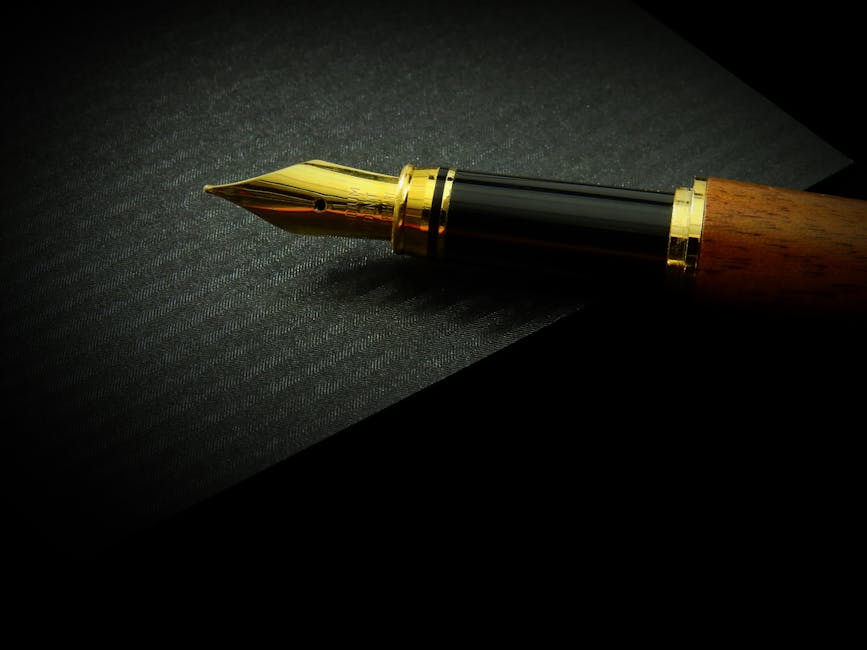Did you know that the process of issuing donation receipts can significantly influence the behavior of donors? Understanding how Application for donation receipts functions might not only boost contributions but also enhance donor retention.
Historical Background of Application for Donation Receipts
The Origin of Donation Receipts
The concept of donation receipts can be traced back to the early 20th century when governments began enacting tax deductions for charitable contributions. The primary purpose was to encourage philanthropy by allowing taxpayers to deduct charitable donations from their taxable income. As tax codes evolved over the decades, so did the requirements for documentation—donation receipts became a standard practice to facilitate this process.
Legislation Impacting Donation Receipts
In the United States, specific legislation, such as the Tax Reform Act of 1969, mandated how nonprofit organizations needed to provide receipts. This act aimed to regulate charitable organizations better and ensure that donors had appropriate documentation for their contributions. Similar regulations emerged globally as countries recognized the need to promote transparency within the charitable sector.
Current Trends and Statistics in Donation Receipts
Digital Transformation of Donation Receipts
As technology advances, many nonprofits are transitioning to digital donation receipts. Statistics show that over 75% of donors prefer receiving electronic receipts for their contributions due to accessibility and efficiency. This shift not only streamlines the giving process but also reduces costs related to printing and mailing paper receipts.
The Rise of Recurring Donations
Current trends reveal an increase in recurring donations, which has implications for how receipts are managed. Donors engaged in monthly giving now expect automated receipts for each transaction. Organizations that embrace this trend often report higher donor retention rates, as timely and consistent acknowledgment reinforces the relationship between donors and charities.
Practical Tips for Managing Donation Receipts
Creating a System for Tracking Donations
Nonprofits should develop a robust system that tracks donations and automatically generates receipts. Using donor management software can simplify this process, ensuring that each contribution is recorded accurately, and the receipts are sent out promptly. Timely communication with donors significantly enhances their experience and encourages future giving.
Ensuring Compliance with Tax Regulations
It’s essential for organizations to stay informed about tax regulations to ensure compliance while issuing donation receipts. Providing the necessary details, such as the charity’s name, date of the donation, amount, and a declaration of whether any goods or services were provided in exchange for the contribution, is crucial to meet IRS requirements. Organizations should regularly review their practices to adapt to any changes in legislation.
Future Predictions and Innovations in Donation Receipts
Integration of Blockchain Technology
The future of donation receipts may involve blockchain technology, which could revolutionize transparency in charitable giving. By providing a secure and immutable record of all transactions, this innovation could help ensure that funds are used as intended, potentially attracting more donors who value accountability.
Enhanced Personalization and Engagement
As data analytics continues to evolve, organizations are likely to adopt more personalized approaches in issuing donation receipts. By leveraging donor data, charities can tailor communications and acknowledge contributions in a way that resonates more deeply with individual donors. Enhanced engagement strategies can foster a sense of belonging and encourage even greater levels of support.
Final Thoughts on Application for donation receipts
Understanding the importance of application for donation receipts is crucial for both donors and charities. Not only do these receipts ensure transparency and compliance with tax regulations, but they also foster donor trust and encourage future contributions. By leveraging the right tools and knowledge, organizations can streamline the donation process and enhance their fundraising efforts.
Further Reading and Resources
-
IRS Publication 526: Charitable Contributions – This IRS publication provides detailed information about the tax treatment of charitable contributions, including documentation requirements for donation receipts. It serves as a foundational resource for understanding how contribution variables affect tax deductions.
-
The Nonprofit Handbook: Everything You Need to Know to Start and Run Your Nonprofit Organization – A comprehensive guide for nonprofit management, offering insights into fundraising best practices, including the generation of donation receipts. This book is invaluable for organizations looking to enhance their operational effectiveness.
-
Charity Navigator’s Best Practices for Donor Acknowledgement – An online resource providing guidelines and tips for nonprofits on how to effectively acknowledge donations, including issuing receipts. This helps organizations improve their donor relations significantly.
-
TechSoup: Donation Management Software Guide – A resource for nonprofits exploring donation management software that can automate the generation of donation receipts, making the process efficient and error-free. This guide helps organizations enhance their technology utilization for fundraising.
-
National Council of Nonprofits: Understanding Charitable Donation Receipts – This organization offers insights into the importance of appropriate documentation for charitable donations and how it can impact both donors and the nonprofit in the long run. Their resources are beneficial for ensuring compliance with state and federal laws.







답글 남기기